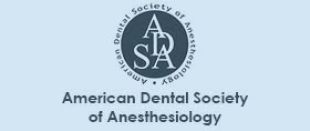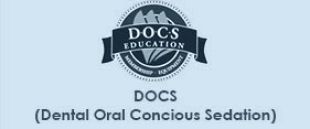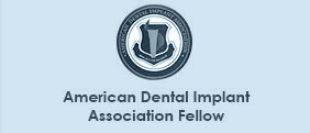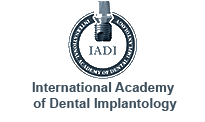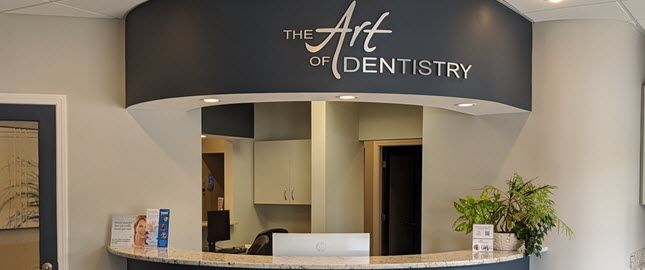






Achieving quality dentistry for life
Bruxism
Bruxism is characterized by involuntary grinding and clenching of teeth primarily during sleep. The forces on teeth generated during sleep bruxing episodes have been reported on average to be twice as much as the normal working forces on teeth. Normal force on teeth is approximately 175 psi (pounds per square inch); the average patient who bruxes is placing about 350 psi on his teeth, and in extreme cases, this pressure can exceed 100,000 psi.
(Sullivan, T. Bruxism and Orthodontic Patients. Ortho Prod 2004, 24,26)
What are the signs and symptoms of bruxism?
Patients often report jaw joint or muscle pain, a “clicking” sound in the jaw joint, chewing difficulties, daytime sleepiness, or headaches. Partners of bruxing patients are likely to report the sound of teeth grinding and clenching at night. During an exam, the dentist may also notice abnormal tooth wear or a fractured crown, bridge, veneer, or other damaged dental work.
What are the long-term effects of bruxism?
Bruxism can have permanent, long-term effects. Depending on the frequency and severity of the bruxism, patients may suffer damage to the enamel layer of the teeth, a sensitivity to hot and cold, breakage of teeth, erosion resulting in decreased tooth height, and damage to the temporomandibular joint resulting in muscle and joint soreness and pain. Additionally, patients may experience sleepiness and headaches daily.
Damage to existing dental work including crowns and bridges could be severe. Patients who brux can easily fracture and break dental work and appliances more frequently than non-bruxers.
How can I find out if I’m a bruxer?
There is a new screening device available called the BiteStrip™ (See “Patient Info on Bruxism BiteStrip” It is a simple, at-home test that you can do yourself. The BiteStrip works while you are asleep. Results from the test will help your doctor determine if bruxism is happening and how often it occurs. Answer this questionnaire to see if you have signs of bruxism.
Together with a comprehensive examination conducted by your doctor, the BiteStrip is a reliable indicator of the existence of bruxism. You and your doctor can discuss what your options may be to prevent further damage to your teeth and protect existing dental work. Patients who clench or grind their teeth may be bruxers and are encouraged to speak to their doctor to identify it, determine its severity, take steps to prevent further damage to teeth, and protect existing dental work.






